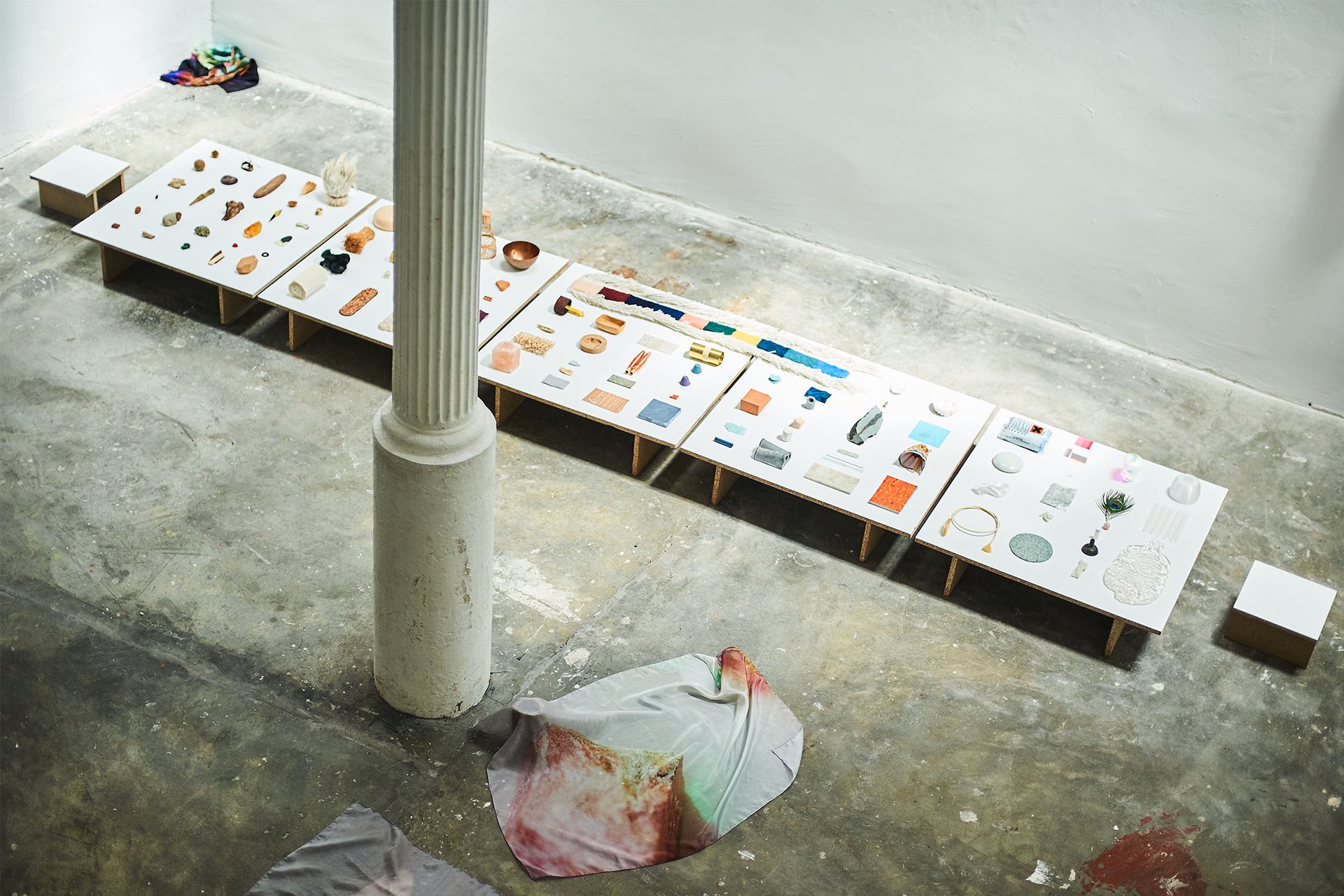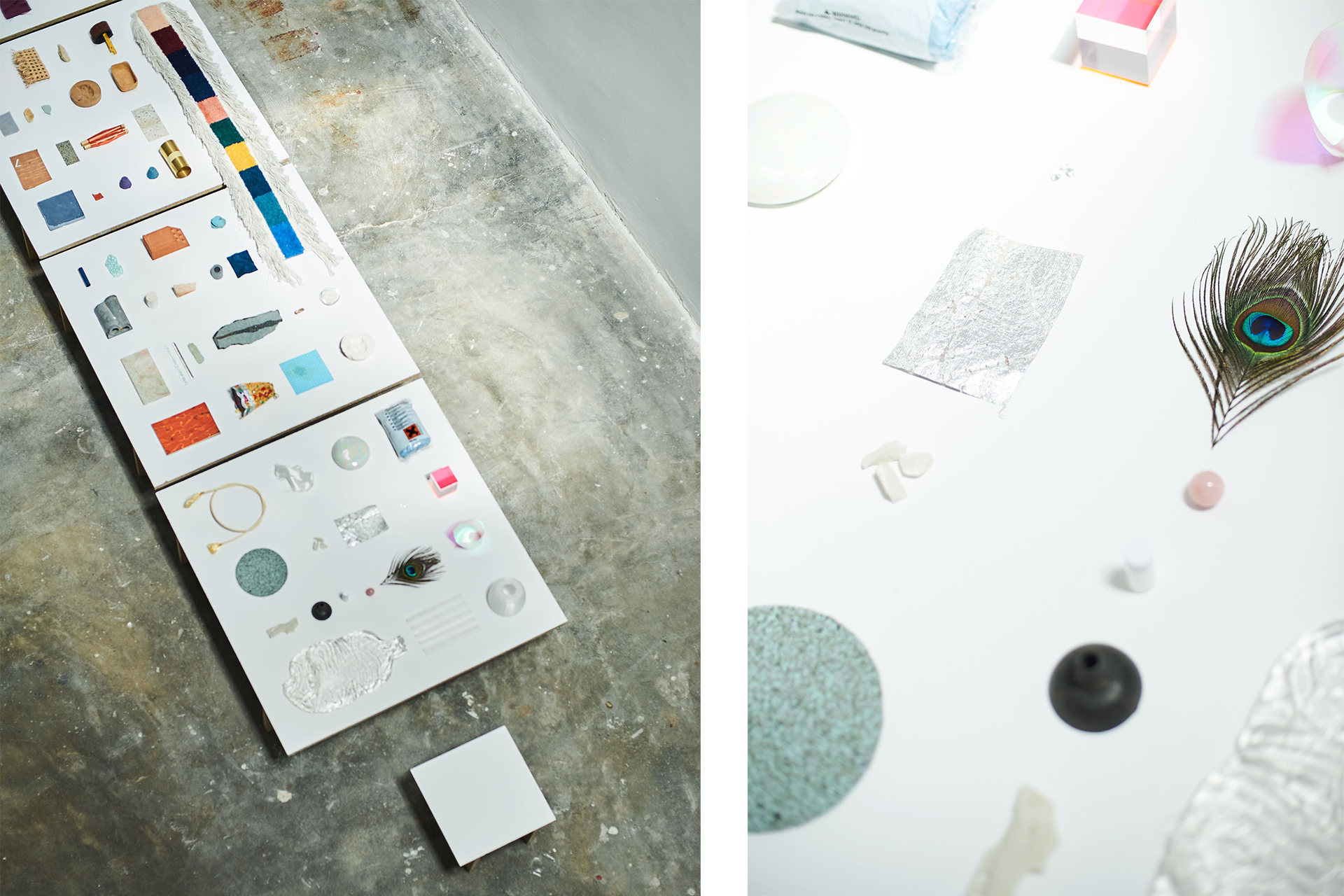Matter exhibition, 2017
A research project that explores the symbolic, cultural and utilitarian values associated with materials (with matter) and materialism. Mud, earth, leaf, branch, stone, seed, sponge, crust, cork, feather, leather, wool, wicker, wood, light, marble, ceramics, angora, brass, copper, glass, felt, paper, glazing, paint, gum, rubber, resin, surlyn, polyester, methacrylate, foam, bacteria… For many years I have collected materials and objects that fascinate me, that tell me stories about the people, the territory, the culture, the progress and the different values of each place. It is a question of researching these elements to understand the materiality of everything that surrounds us, and what it entails: the physical-material, the production processes, the human interactions, the genealogy and the development of cultures, etc.
This project is the result of compulsive collection, manipulation, analysis and classification. The thorough observation of these materials has led me to the understanding of light as the most beautiful and complex material of all, becoming the thread running through all my material and immaterial research. An investigation that, therefore, appears unfinished and in constant evolution. At the same time, it is formalised in a sort of semantic and open archive.
This archive, in which observation, curiosity, experience and chance take part, serves as a framework for reflection in order to better understand the role of the designer in their own practices. And by “role” I mean “action”, the equivalent to a relationship of responsibility. (Re)creating the world based on objects and their multiple functions and aesthetics has to be, for the designer, a matter far from conventions and commercialism; it must be born out of the relationship we have with the world and with others, and this means understanding the collective needs of each moment. This should be the foundation of innovation.
This framework serves to develop a clear perspective and question the joint decisions of the productive processes that define our lives through our everyday objects and redefine our link with the environment and with others.
I consider this moment to be representative in history because new technologies are giving way to what is being called “the Fourth Industrial Revolution”. Design is liberated from exclusivity and is normalised at all levels due to the flow of information, the decentralisation of manufacturing and the evolution of technology. This facilitates the context for physical, digital and biological materiality to evolve by redefining symbolic, cultural and utilitarian values associated with materials (with matter) and materialism.
At L&B Gallery in Barcelona
Photography by Laia Benavides
-
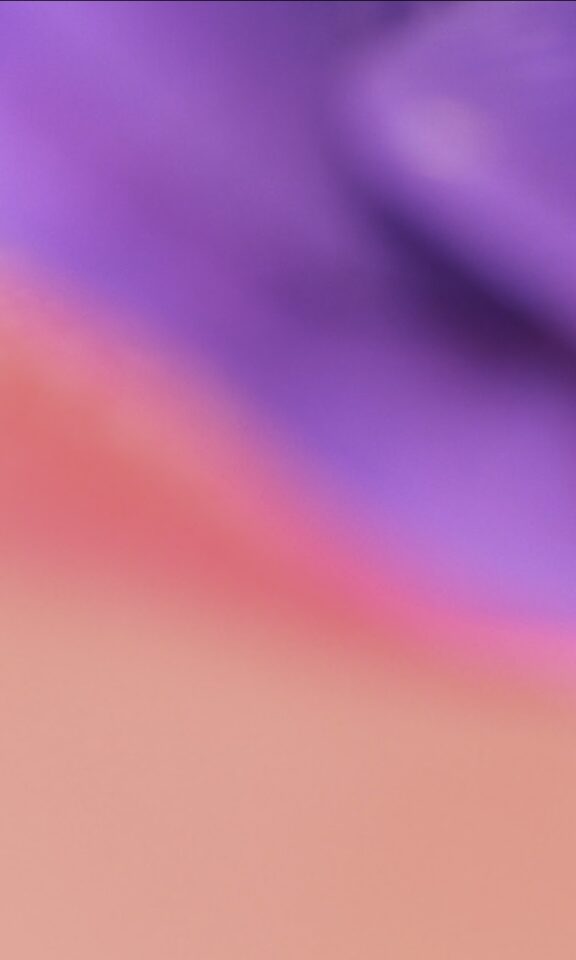 Color curation, 2023
Color curation, 2023 -
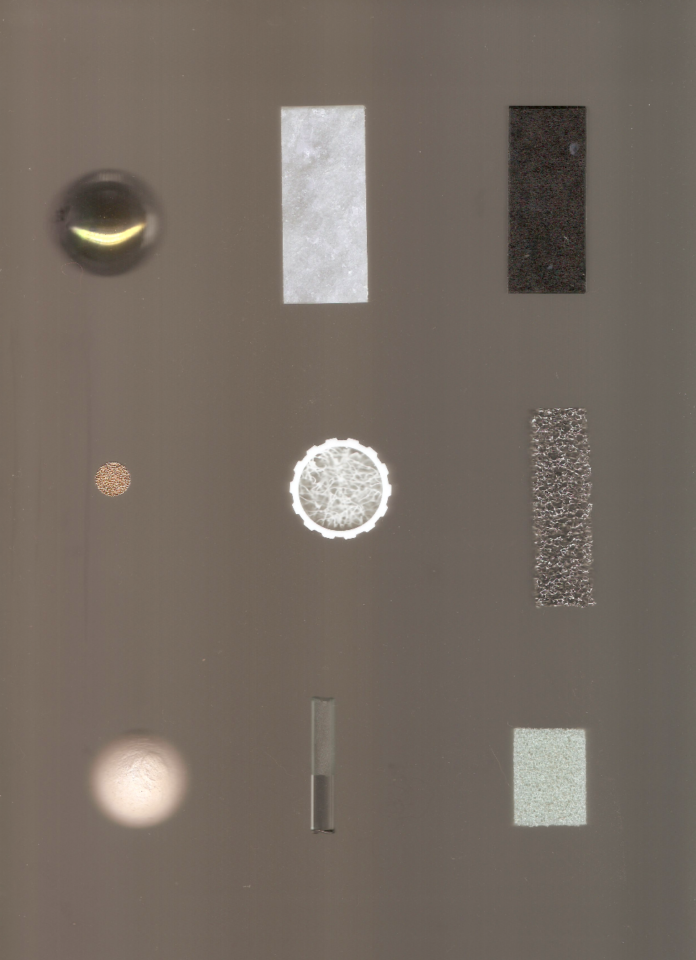 Materials x Culligan at Holon, 2023
Materials x Culligan at Holon, 2023 -
 Dissident Matter, 2023
Dissident Matter, 2023 -
 Heritage, 2022
Heritage, 2022 -
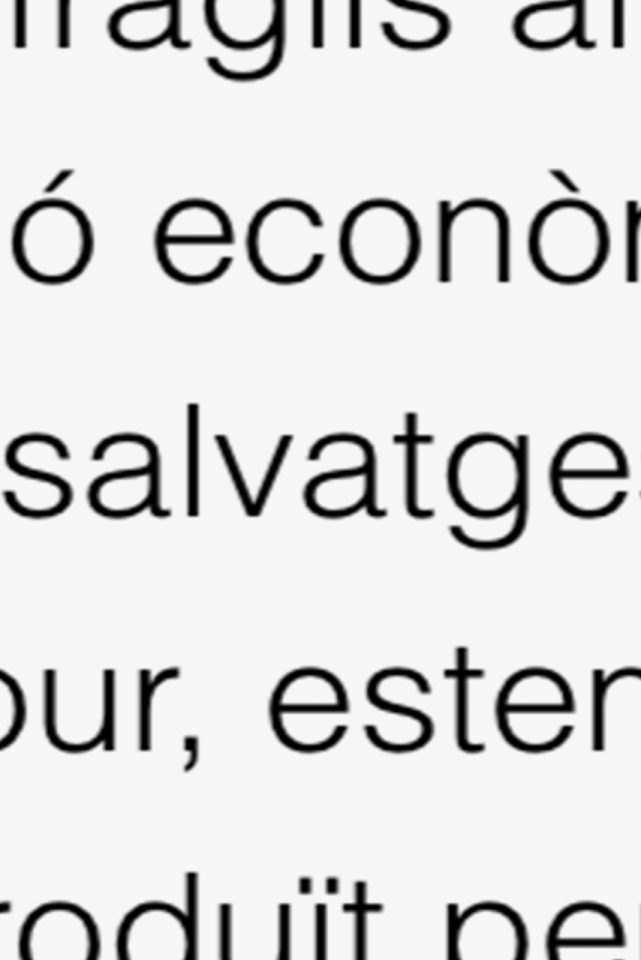 Article A*Desk, 2022
Article A*Desk, 2022 -
 Design guide, 2022
Design guide, 2022 -
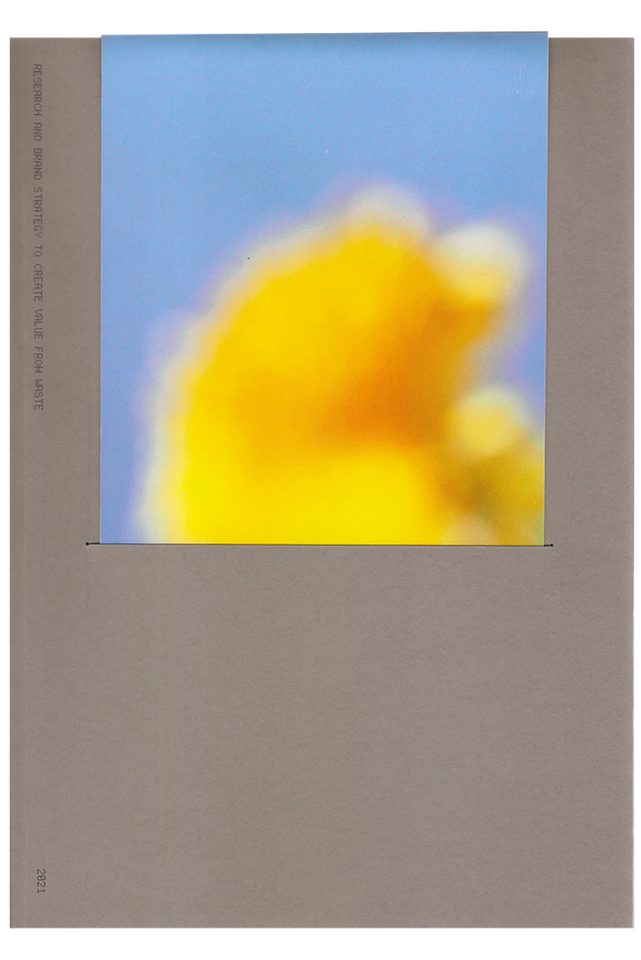 Prewaste, 2021
Prewaste, 2021 -
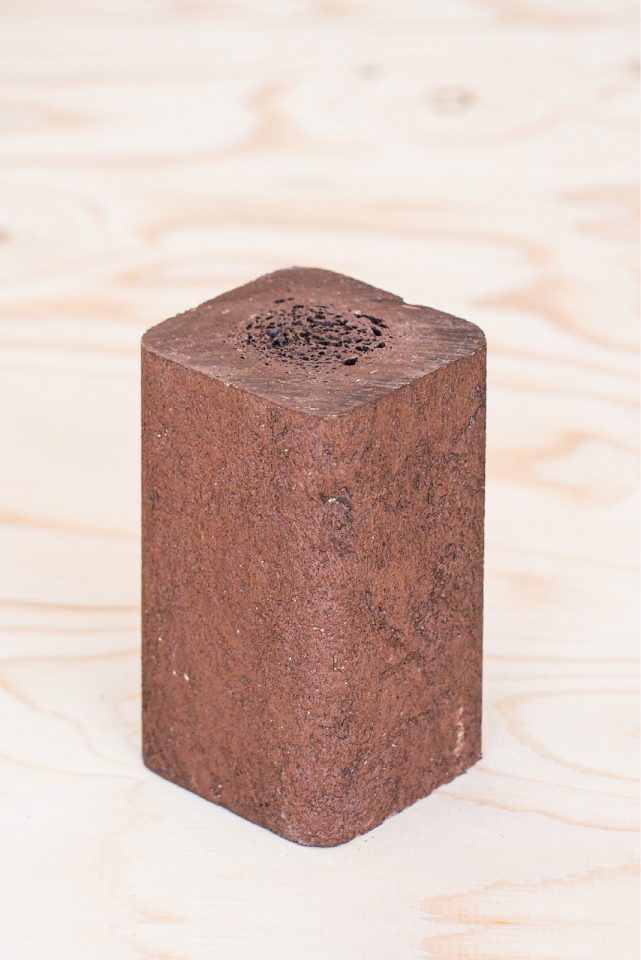 Transforma workshop, 2020
Transforma workshop, 2020 -
 Casal d’Estiu, 2020
Casal d’Estiu, 2020 -
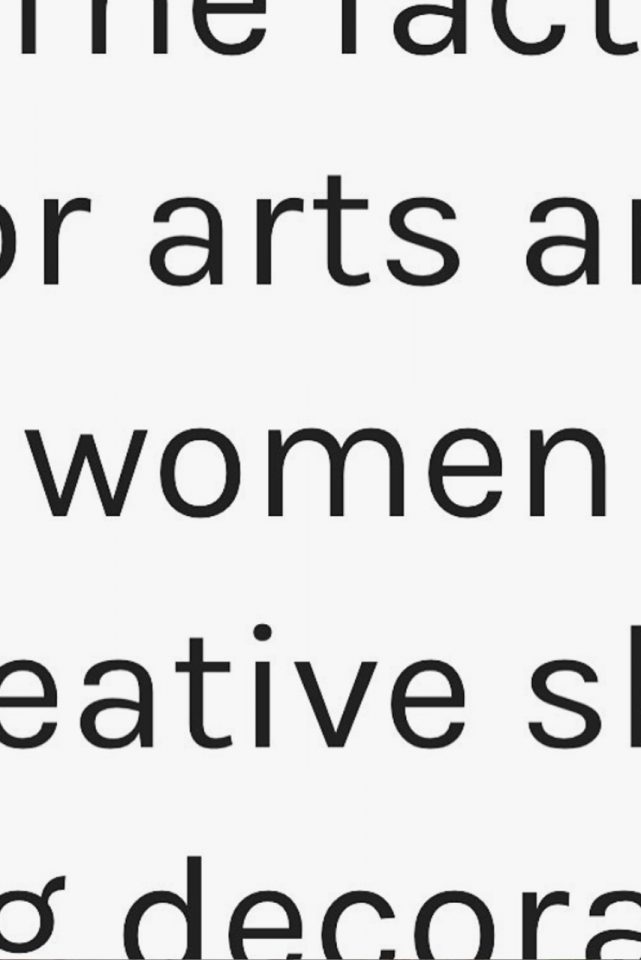 Article A*Desk, 2019
Article A*Desk, 2019 -
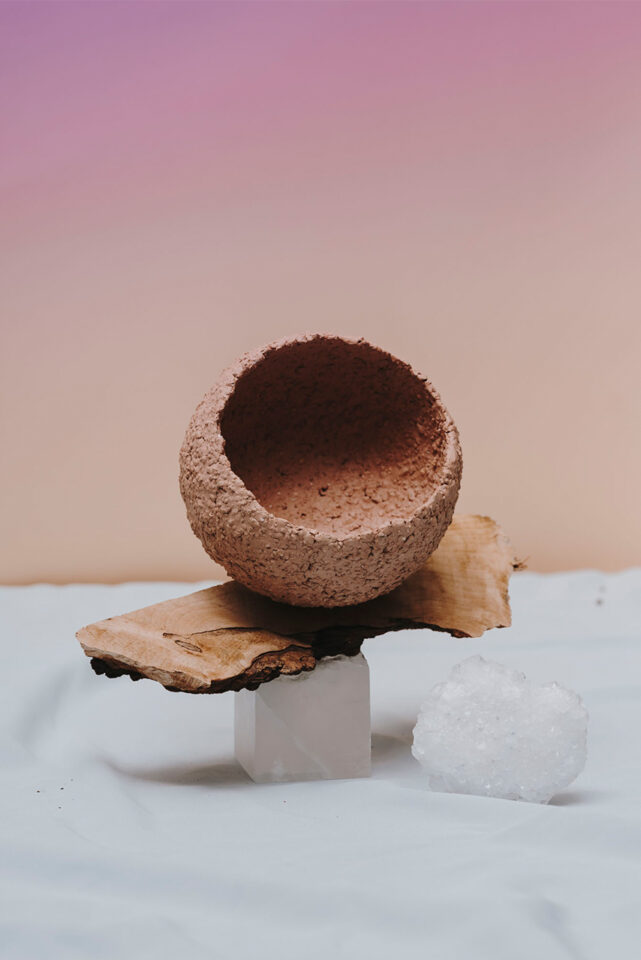 Material culture and trends, 2019
Material culture and trends, 2019 -
 Innovation guide, 2019
Innovation guide, 2019 -
 Ideation lab design, 2019
Ideation lab design, 2019 -
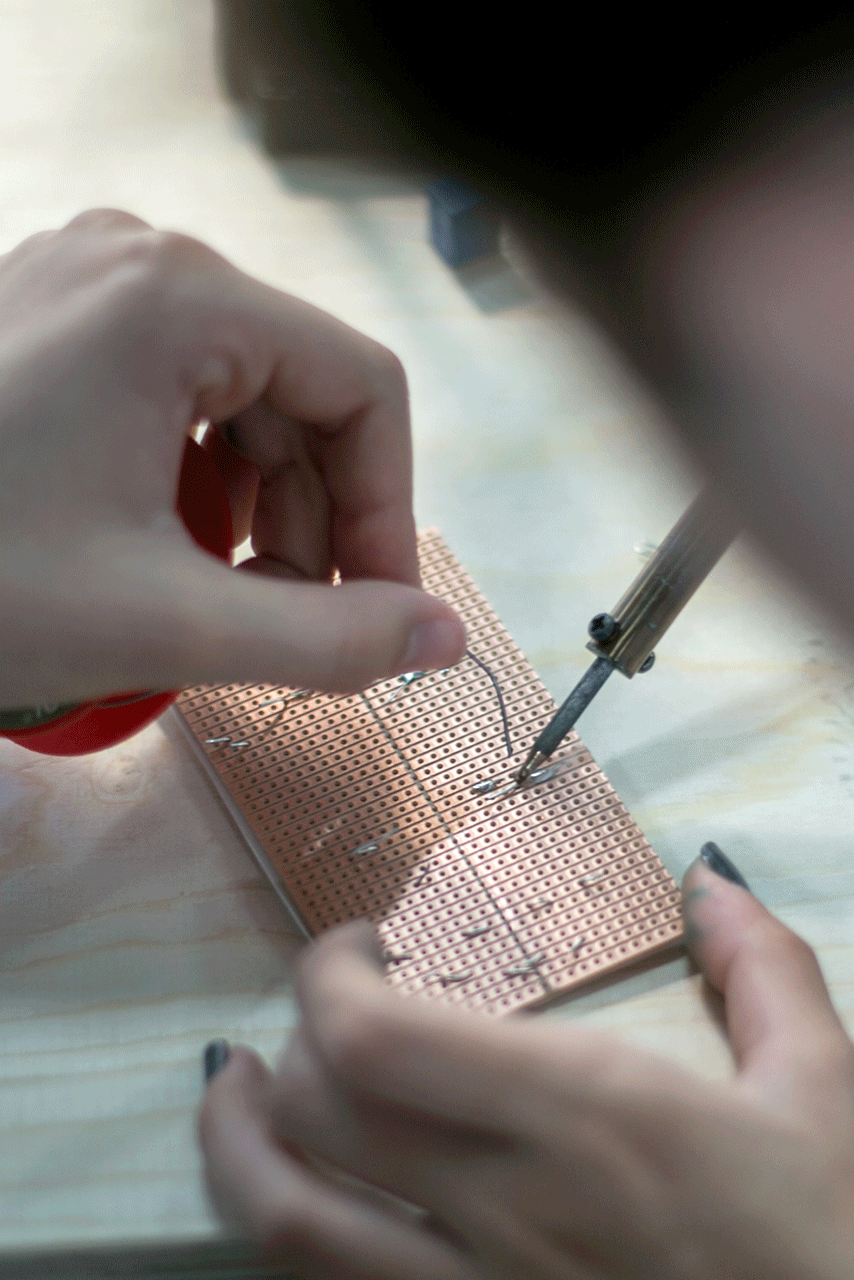 Shesteam workshops, 2018-2019
Shesteam workshops, 2018-2019 -
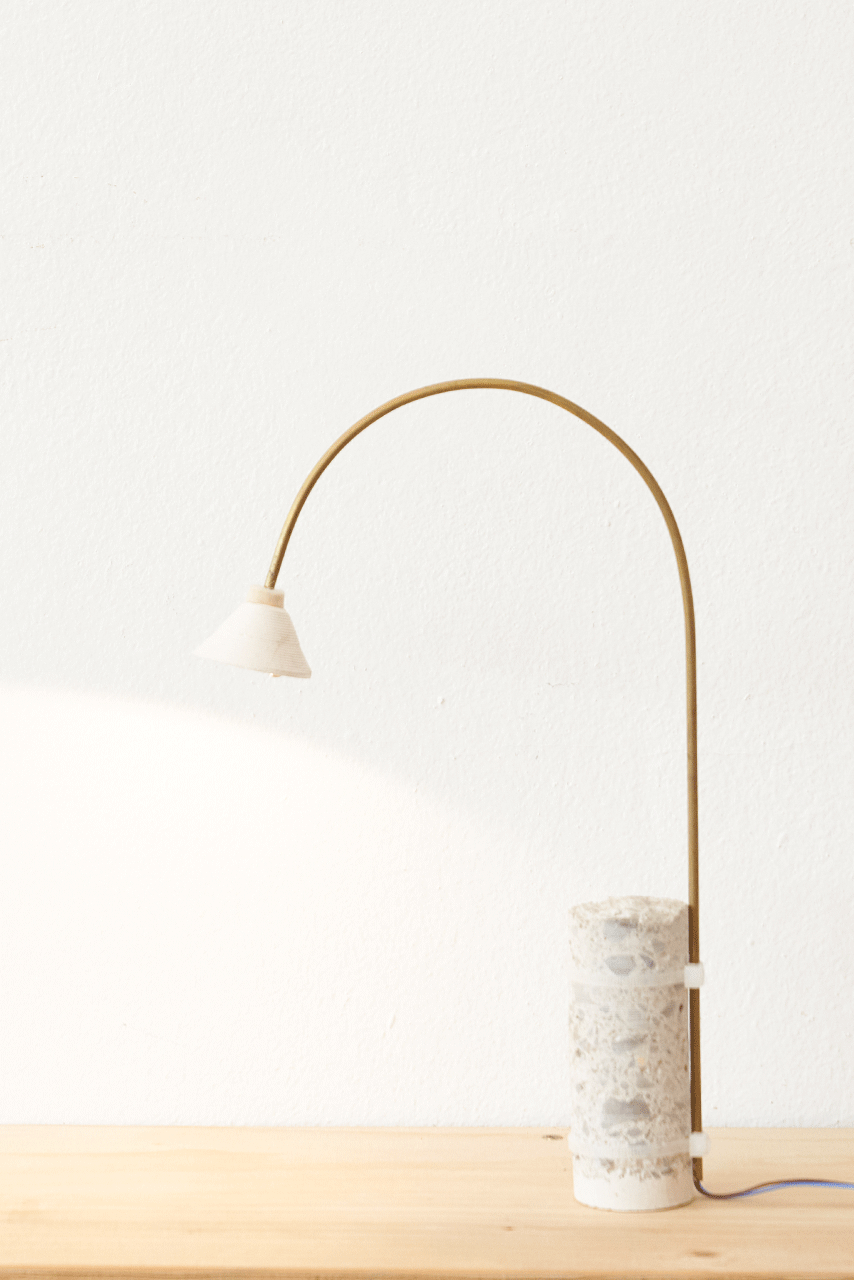 City waste lamp, 2019
City waste lamp, 2019 -
 Matter exhibition, 2017
Matter exhibition, 2017 -
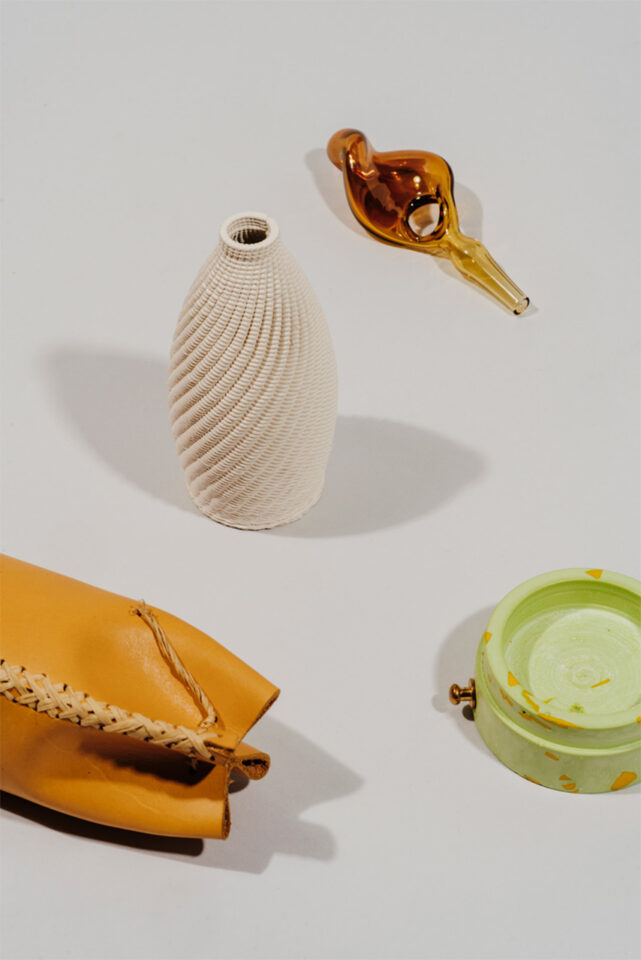 Innovation workshop, 2018
Innovation workshop, 2018 -
 Light silks, 2017
Light silks, 2017 -
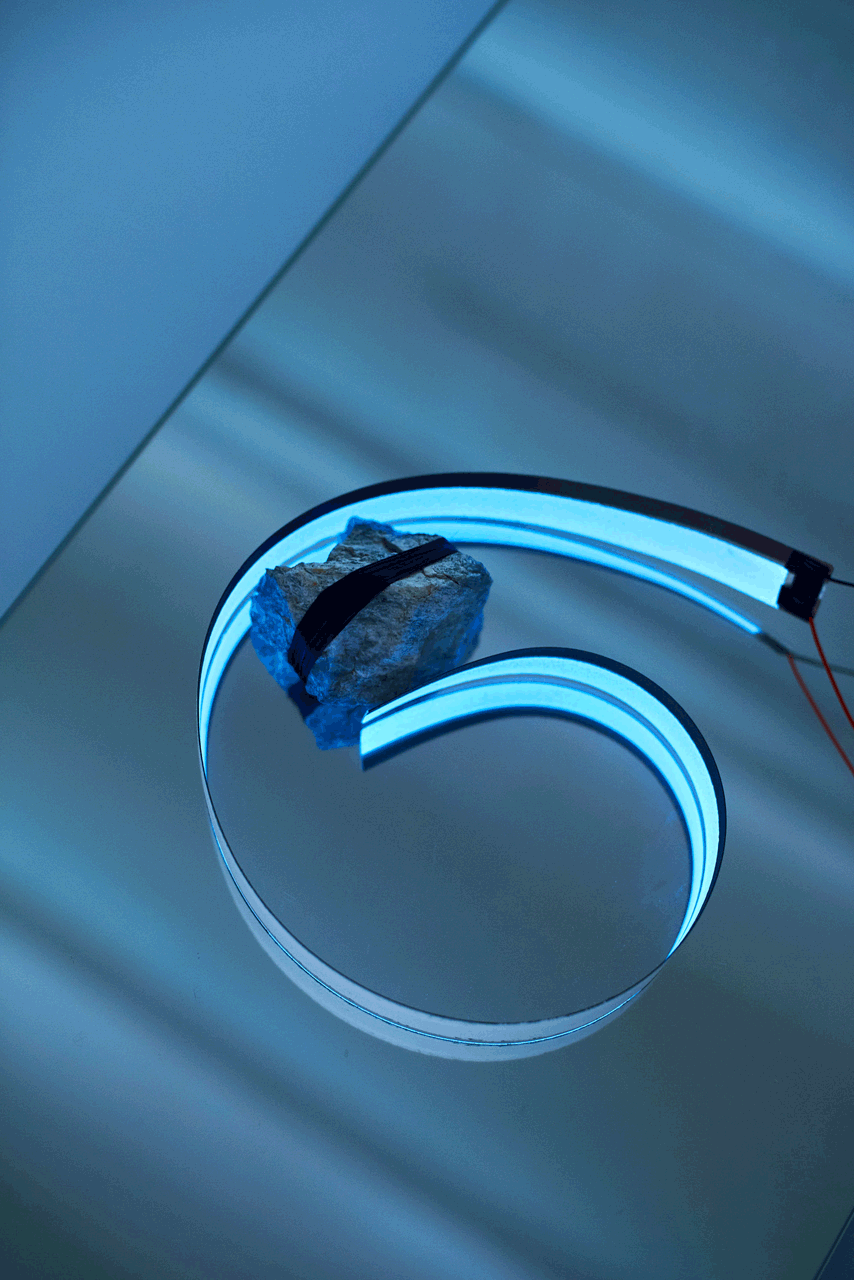 Biodegradable electronics, 2017
Biodegradable electronics, 2017 -
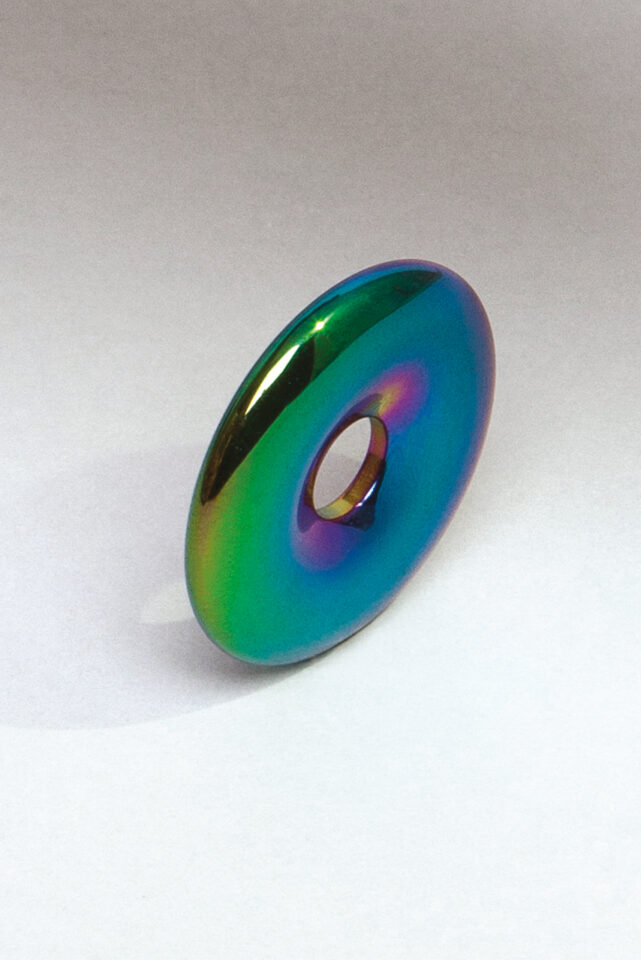 Material guide, 2016
Material guide, 2016 -
 Authorship, 2016
Authorship, 2016 -
 Refraction installation, 2016
Refraction installation, 2016
